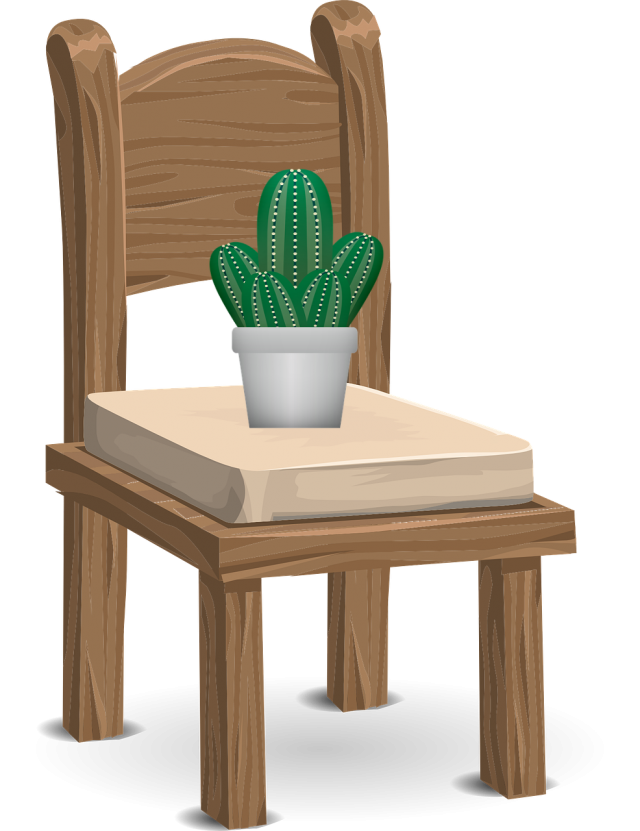What is a “Sitting Disability”?
That’s the obvious first question, isn’t it? And I expected there would be an equally obvious answer. And yet, when I started looking into it, I found that “sitting disability” as a term is conspicuously absent from obvious sources. It’s not defined in the Oxford English Dictionary, or in Merriam-Webster. There’s no diagnostic code for it in the International Classification of Diseases (ICD), and it is not listed in the Americans with Disabilities Act (ADA).
So, since I don’t have an official definition, I’ll supply my own. A sitting disability is any condition that limits a person’s ability to sit comfortably. It’s not a medical condition in and of itself. Rather, it’s a general term that encompasses many different conditions, including:
- Coccydynia
- Ischial bursitis
- Back pain/sciatica
Because sitting disabilities are caused by a variety of conditions, not everyone experiences a sitting disability in exactly the same way. Some people are able to sit down for short periods but need to change position frequently. Some are unable to sit down at all. Some are comfortable standing or walking for extended periods while others need to lie down. Some are in near-constant pain while others feel perfectly fine when not sitting.
Although spine conditions are often behind sitting disabilities, they are by no means the only culprits. Other muscle and nerve conditions can cause pain when sitting as well. Difficulty sitting can also be associated with pain conditions such as fibromyalgia.
